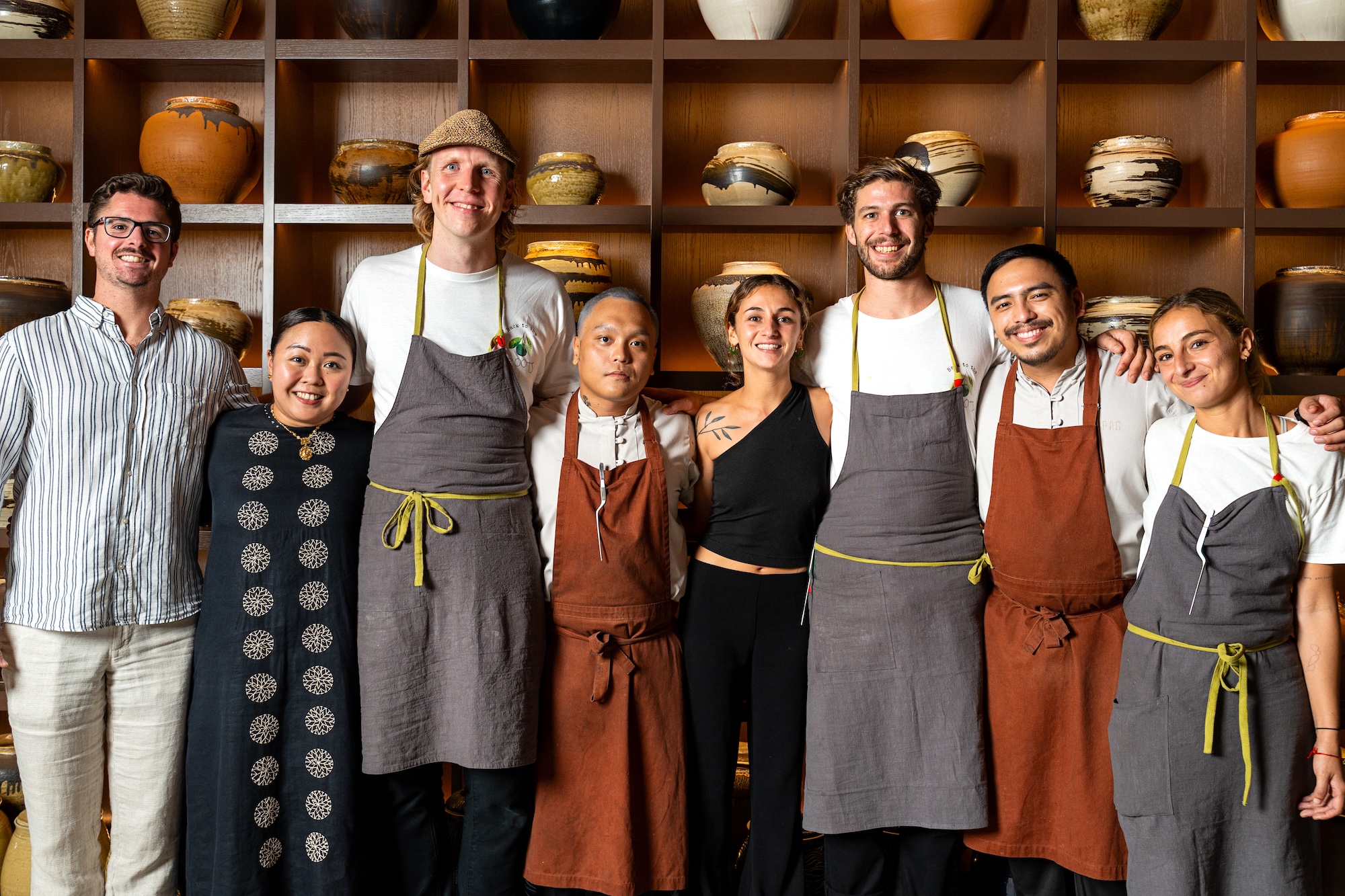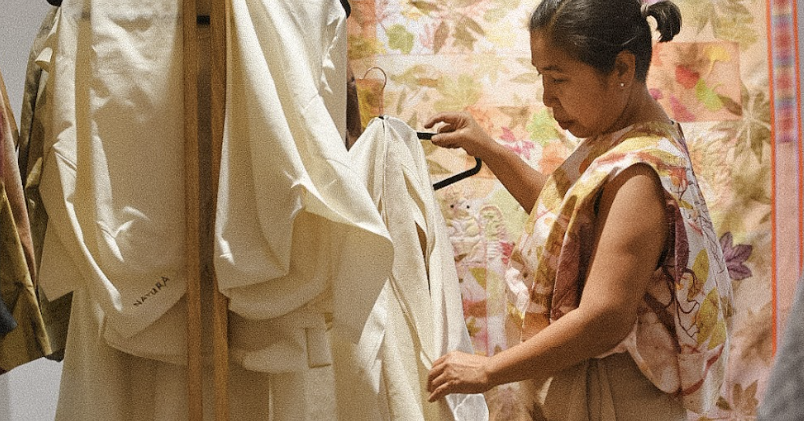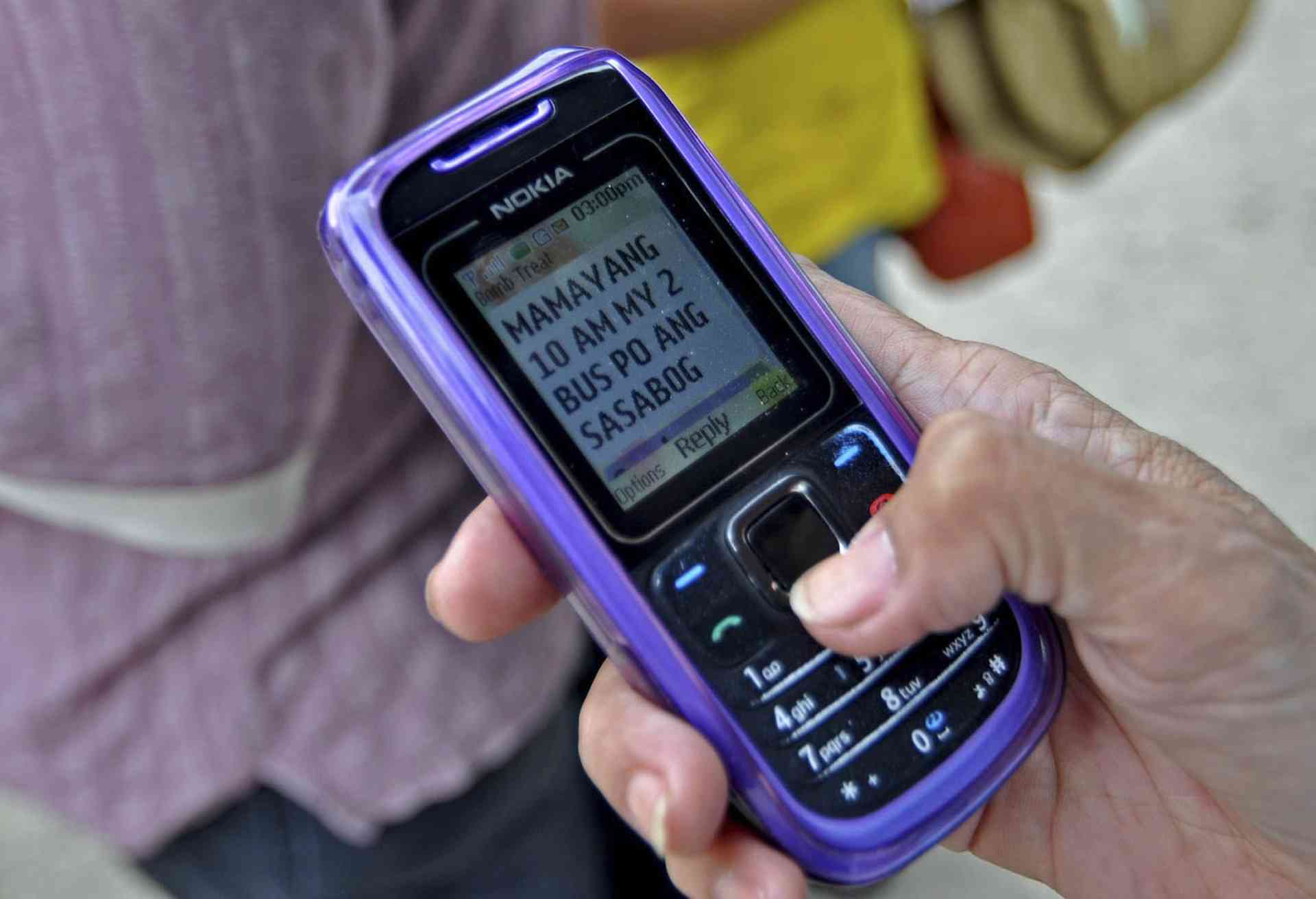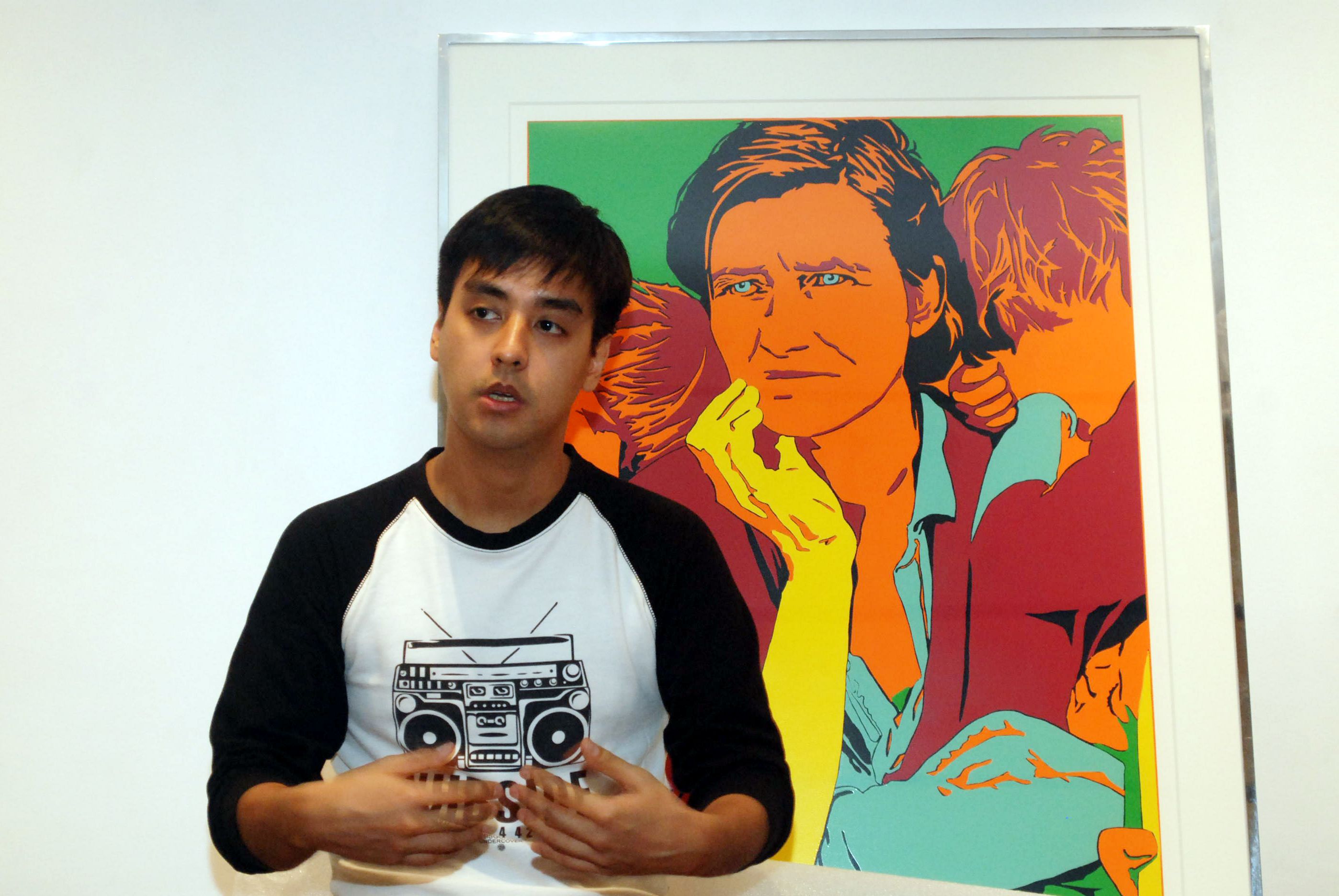“DON’T consider credit as debt; just look at it as a liability to be paid.”
So goes the advice on a website offering tips on the “wise” management of credit cards. As you might have suspected, the site was set up by a credit card company. The play on words did get me thinking: how do Filipinos look at “utang” (debts)?
My answer is that we view “utang” with an almost cavalier attitude, seeing it as an inevitable part of life. The reasons for this attitude are rooted in history and in culture.
In high school and college, we learned about different types of alipin (or oripon in the southern Philippines), a word which was translated into “slave.” The translation is a loose one and does not exactly correspond to slavery in the west, for example, in Greece.
One became an alipin either by being captured during warfare or in raids. Or, as in the case of the alipin saguguilid, one became a slave because of incurred debts. The term “debt peonage” is a more accurate rendition of this system.
One interpretation of the oldest known written document in the Philippines, the 10th century Laguna Copper Plate (so-called because it was supposedly found in Laguna), is that it is a debt emancipation certificate, attesting that someone named Namrawan has paid off a large debt and that he and his family, as well as descendants, will no longer be held liable for the debt.
Through the centuries, debt continued to be widespread, maybe even worsening because the Spaniards expropriated huge tracts of land and turned farmers into tenants, or drove them to marginal lands. Farmers incurred debts if they had a poor harvest. Indebtedness was sure to have worsened as we became more of a cash economy. No cash, no food, no medicines. The connection between poverty and indebtedness remains today.
But there is more to the debt mentality than poverty. We tend to spend beyond our means, especially for social functions, based on the idea that good fortune should be shared. This tendency to overindulge is also spurred by pride, the compulsion to display one’s wealth (or at least a semblance of it). It is hard to track down the origins of such behavior but I suspect it dates back to pre-colonial tribal societies where “big men” (community leaders and wannabe leaders) had to show off wealth and power (to prove themselves worthy of the community’s high regard). The Spaniards may have reinforced this with their emphasis on pomp and pageantry in Catholicism, as is seen with the fiesta, and with households and communities trying to outdo each other.
The utang mentality came about too because our social networks made it too easy to borrow money. As many of us know all too well, it is difficult to say no to relatives and friends who need (or “need”) money.
The sari-sari (variety) store, which dates back to the Spanish period, allowed utang for day-to-day needs, the storekeeper allowing people to buy on credit without interest. Sari-sari store owners are often hard pressed to collect because the debtors are neighbors and relatives.
When push came to shove and one couldn’t borrow from friends or relatives, there would be the local usurers, exemplified by the 5-6 system. For every five pesos, you paid back six within a few days.
In the last 50 years or so, consumerism has further reinforced the debt system. Long before credit cards became widely available, the informal sector had worked out a system for buying on credit, including “gibs,” a corruption of the English word “gives.” A domestic helper might want a P1,500 cellphone, but with a P3,000 monthly salary, that becomes difficult. Never fear, because there will be other enterprising helpers offering that cellphone on 6 gives, with a bit of interest of course so you pay P300 per monthly “gib” over six months.
Credit cards made all this even easier. In principle, a credit card vouches for your “debt-worthiness,” that your income has been checked and that you are able to pay back up to a certain amount. In practice, credit card companies are lax, so even a minimum wage earner with a bank account can be offered a credit card, the annual fee waived the first year to get you hooked.
Addiction to credit card debt is rapid, given all the incentives, especially a formalized “gibs” system. Want that plasma TV even if it’s equivalent to a year’s salary? Well, you can divide it anyway into 12 “interest-free” payments. The problem, of course, is that you’ve chalked up other installment purchases and find yourself unable to pay the monthly bills… so you choose to defer payment, which means you end up paying the exorbitant finance charges.
Debts build up, but never mind because like the tribal big men, you can boast of non-existent wealth with your appliances and the lavish parties. I’ve seen even minimum wage earners throwing away P15,000 for the birthday of their one-year- old, done of course in McDo or Jollibee for full public display.
Alas, debt peonage still thrives today with many choices on how you want to become enslaved.










































